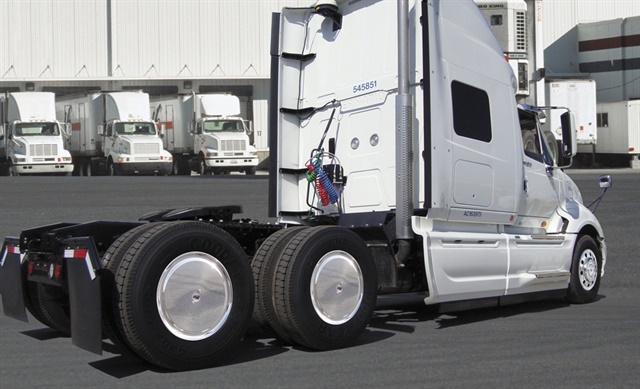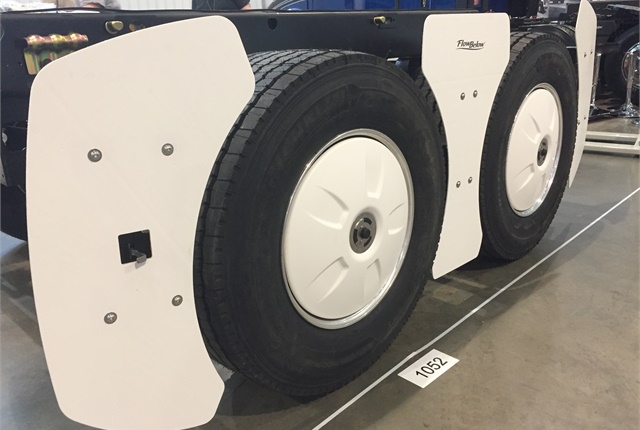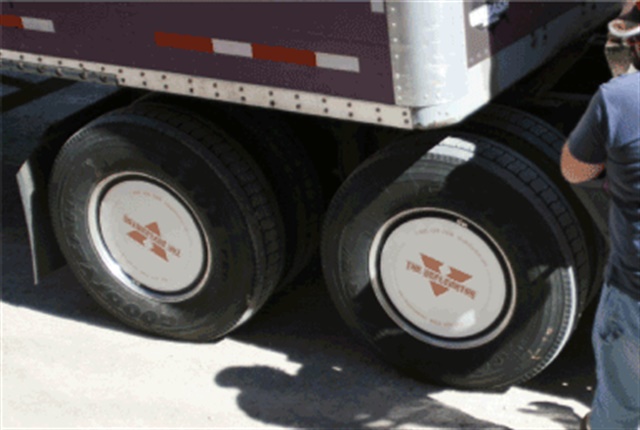
Many equipment users are seriously considering the use of aerodynamic wheel covers to improve the fuel economy of their commercial vehicles. While fleets in over-the-road, linehaul operations may realize fuel economy improvements thanks to aerodynamic wheel covers, they may also suffer negative impacts from these devices in other areas of their operations.
So last year, the Technology & Maintenance Council of the American Trucking Associations set out to identify the potential promise and pitfalls associated with using aerodynamic wheel covers. The work fell to TMC’s S.2 Tire and Wheel Study Group and its Aerodynamic Wheel Cover Task Force, led by Dave Walters with Alcoa Wheels. The resulting TMC Recommended Practice, RP 261(T), Considerations for Aerodynamic Wheel Covers, was preliminarily approved at TMC’s 2017 Annual Meeting in Nashville, Tennessee, in February.

The Task Force found that fleet evaluation of aerodynamic wheel covers should include unintended negative consequences on operations and maintenance, since the potential fuel savings could be offset by unexpected increases in maintenance and operational costs.
Vehicle inspections are an important first consideration when evaluating aerodynamic wheel cover use. Will a driver or technician be able to properly inspect the vehicle’s wheel ends with aerodynamic wheel covers installed?
Some wheel covers are clear/transparent and thus allow personnel to see through them for axle-end inspection. However, such designs may not remain clear or transparent after being placed into service. Wheel covers may also inhibit a technician’s ability to clean the wheel surfaces of corrosive material.

Another consideration is the impact aerodynamic wheel covers may have on tire and wheel maintenance. If the aerodynamic wheel cover hides the wheel handholds and prevents access to tire valve stems, it must be removed before checking and adjusting tire inflation. If the covers must be removed, they should be able to be removed and reinstalled easily and quickly. Their attaching hardware should also be reusable and remain effective over multiple removals and installations; otherwise, they may detach from the wheel end while en route.
TMC RP 261(T) is expected to enter the appeal period later this summer. It is expected to be adopted officially by year’s end.
Adapted from “Technical Difficulties” in the April 2017 issue of the TMC Fleet Advisor. Used with permission.
Follow @HDTrucking on Twitter
